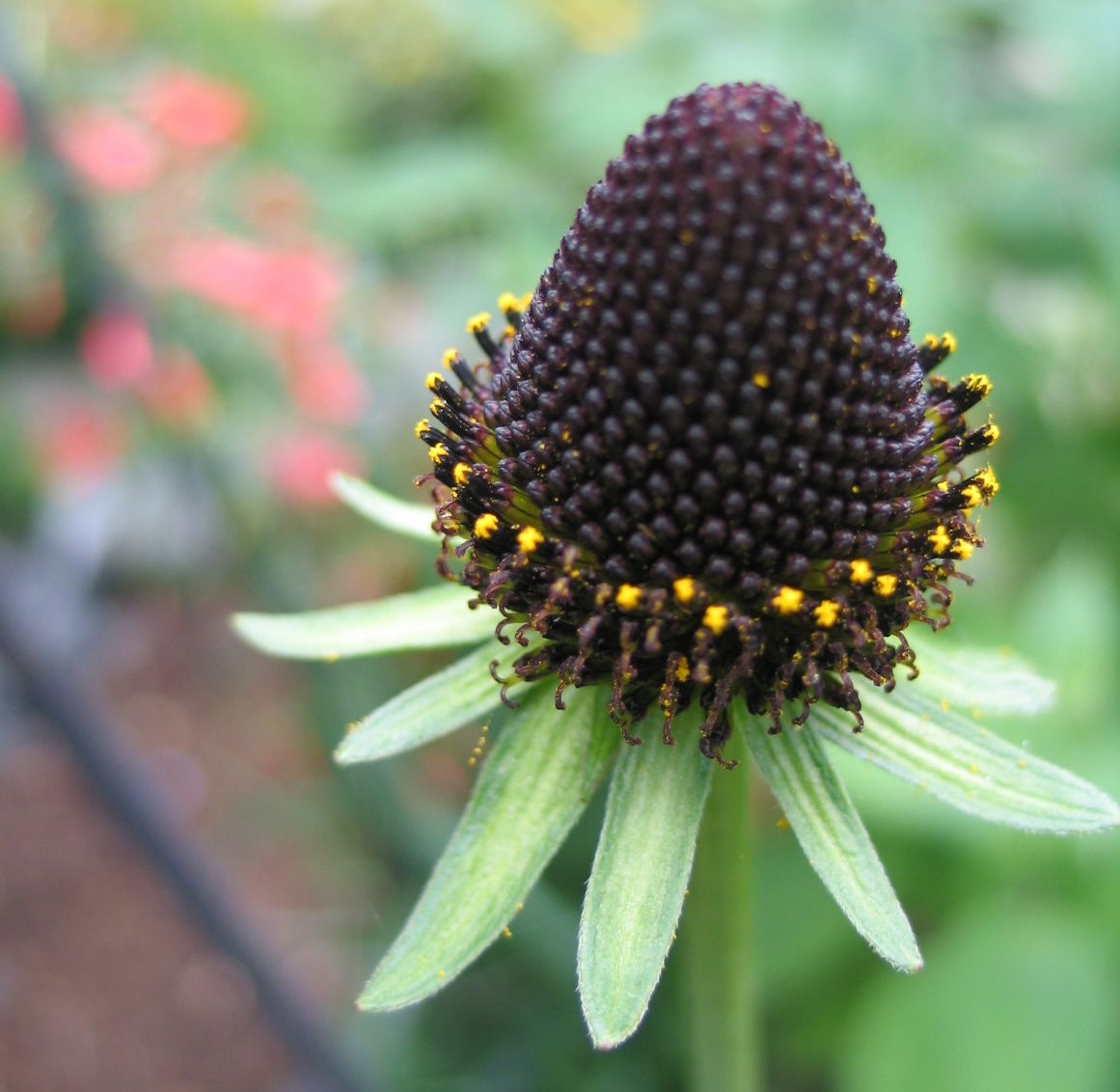In the Calgary Herald there was and article on “Deadheading keeps the Garden Alive”… one argument to support this practice is to avoid the “wild abandon” of an uncontrolled, riotous growth of a cottage garden. Well I am proud to say I have finally achieved this state in my inner city garden and it is a recognized distinct style. My garden wonderful and gives me great joy. Enjoy the Summer and join me in my garden and 25 + other artists, authors and musicians – “Passport to the Arts in the Garden Show and Sale, Sunday, September 8, 2019, 10:00 – 4:00, at the NAESTED STUDIO and garden. 1124-15th Street N. W.
Here is a Wikipedia definition of my garden for your information and enjoyment.
“The cottage garden is a distinct style that uses informal design, traditional materials, dense plantings, and a mixture of ornamental and edible plants. English in origin, it depends on grace and charm rather than grandeur and formal structure. Homely and functional gardens connected to working-class cottages go back centuries, but their stylized reinvention occurred in 1870s England, as a reaction to the more structured, rigorously maintained estate gardens with their formal designs and mass plantings of greenhouse annuals.”

Naested Garden: Irises

Naested Garden Flowers

Painting By Irene Naested in flower garden at Art in the Garden Show and Sale

Naested Garden
All artists; visual artists, writers, story tellers, mythmakers, poets, musicians, dancers, song writers, throughout history have been inspired by the forms, shapes, patterns, colours, and beauty of the varied types of flora, plants, flowers, and trees found on earth. The formation of the various flora is believed to be depended on the four basic environmental elements of earth (soil type), air (wind patterns), water, (moisture from rain and snow), and fire (the sun). With these variable there appears to be an incredible order in the manner in which flora has developed. These can be interpreted through the lenses of geometry, science, visual arts, poetry, story telling, song, movement, storytellers, and mythmakers. Artists observe closely in order to understand, interpret and reinterpret, or communicate to others what they have seen, felt, and understood. Close observation leads to a much deeper appreciation of the observed object. “In order to really understand the natural world, one must integrate new observations with one’s previously understood concepts and assumptions. It is then that one can reinterpret, restate, and attempt to communicate this new understanding to other (visually, verbally, musically, kinesthetically, and mathematically).” (Jarvis & Naested, 2012, p. 57)
Sensuality of Flowers:
Flowers are not shy to display their sensuality through line, shape, pattern, texture and colour. The flower garden, organic splashes of colour, bold, beautiful and sensuous. Making a non-worded statement; “This is who I am. Come closer and you will comprehend. Come closer and smell my pungent sweetness or sour bitterness” (Naested). Many various artists painted flowers, among them are Klint and O’Keeffe who were captured by flowers essential power. In painting flowers the elements are observed, worshiped, and re-created.


